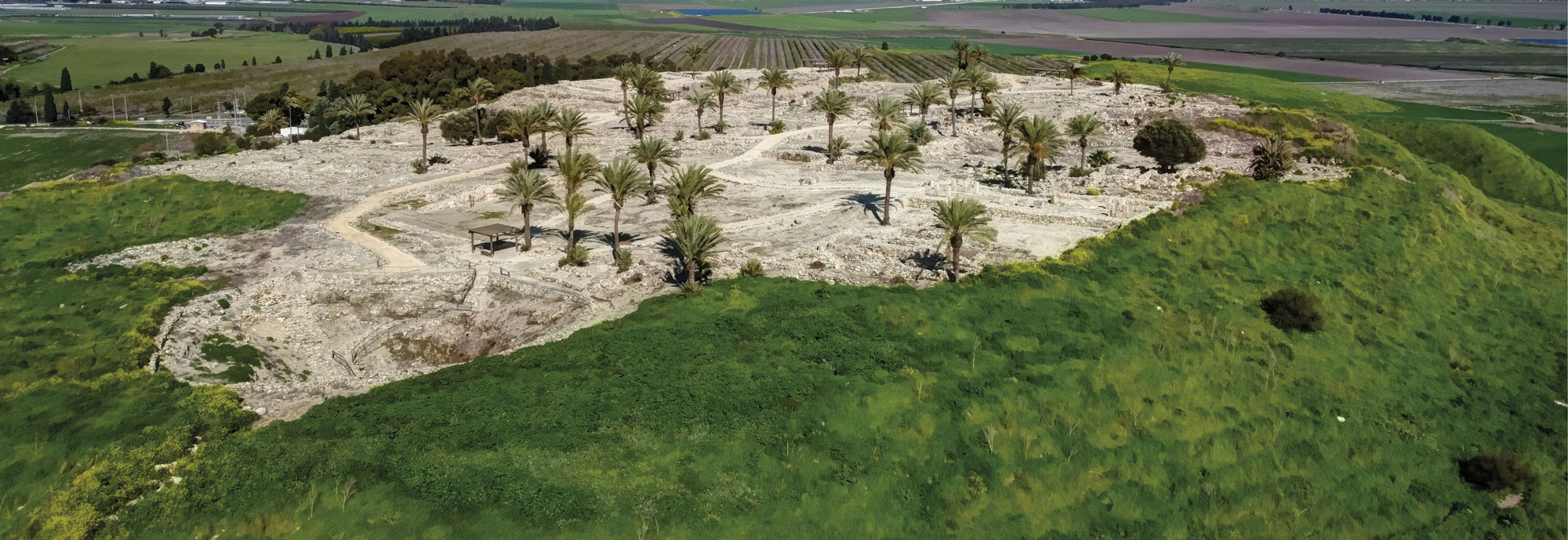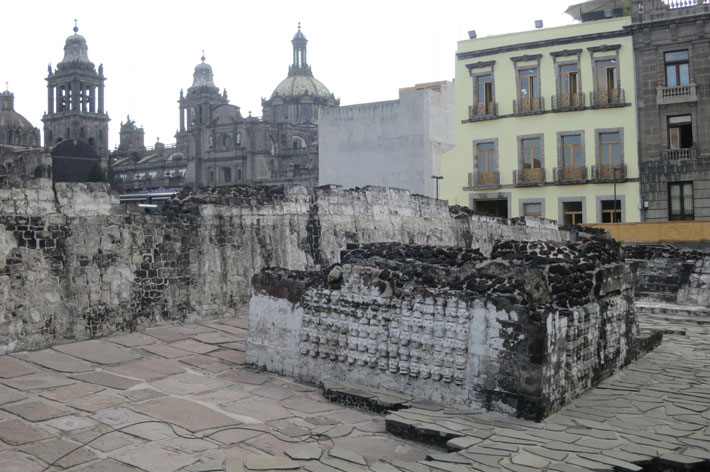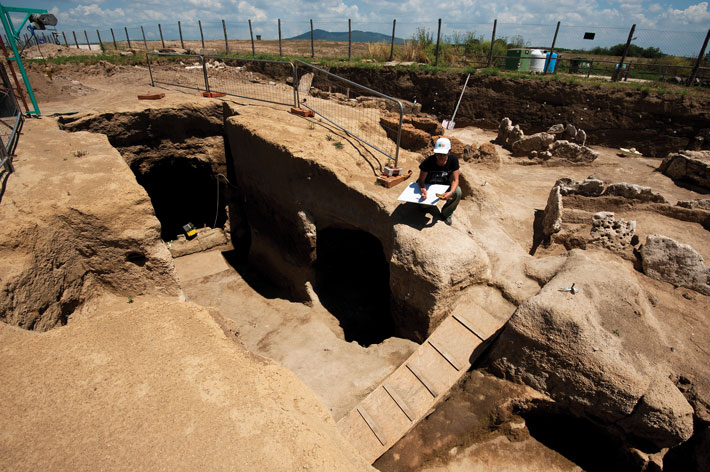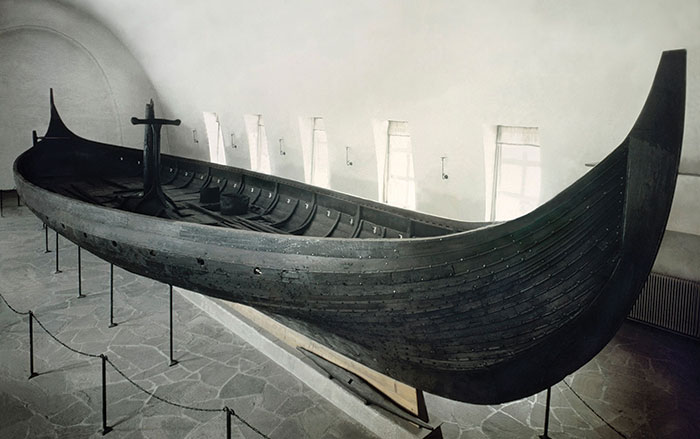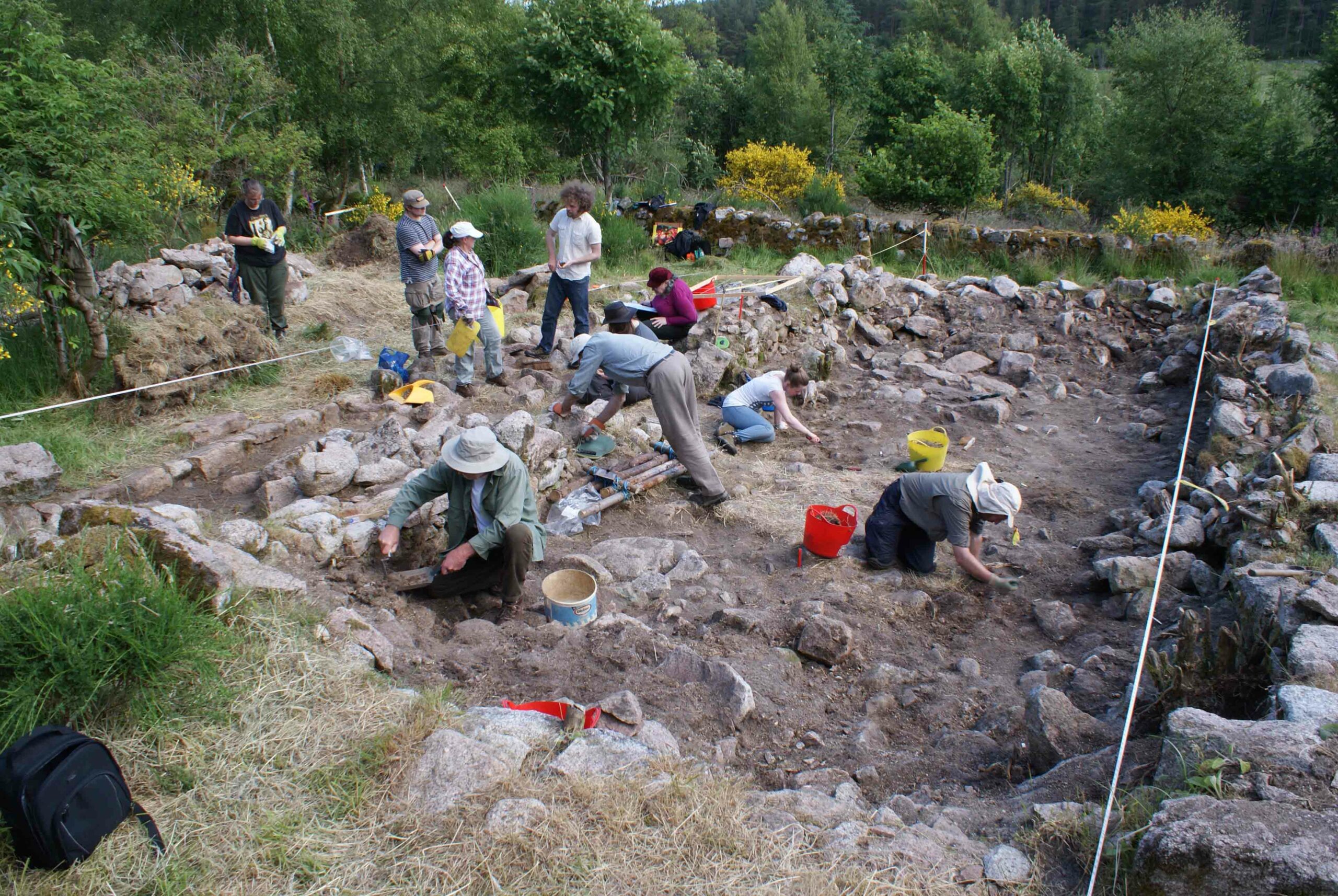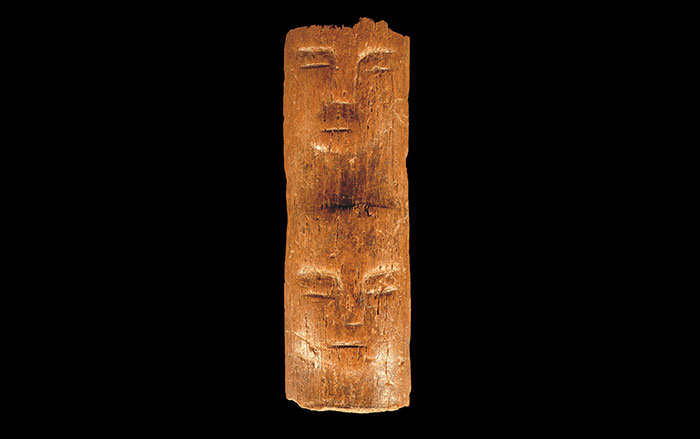
JERUSALEM, ISRAEL—A cache of bronze coins hidden in a ceramic box was discovered in the corner of a room in a Jewish settlement that was constructed in the first century B.C. and destroyed during the Great Revolt. “The hoard, which appears to have been buried several months prior to the fall of Jerusalem, provides us with a glimpse into the lives of Jews living on the outskirts of Jerusalem at the end of the rebellion,” Pablo Betzer and Eyal Marco of the Israel Antiquities Authority told Live Science. On one side, the 114 coins are stamped with a chalice and a Hebrew inscription that reads “To the Redemption of Zion.” The obverse bears the images of a lulav, or palm branch, and two etrogs, or yellow citron, and the Hebrew inscription “Year Four,” referring to the fourth year of the Great Revolt, around A.D. 69 or 70. The residents of the village were probably active in the rebellion against the Romans at the time, and in the later Bar Kokhba rebellion, between A.D. 132 and 135.





